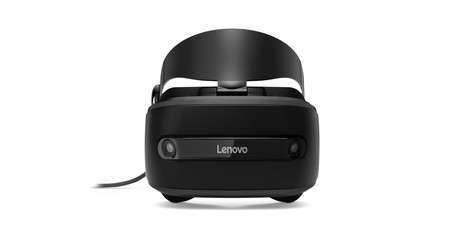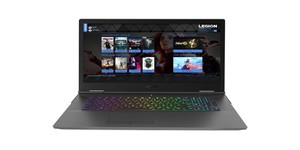
Lenovo has become the latest in a string of companies to throw its hat into the virtual and augmented reality rings with a Windows Mixed Reality headset, dubbed the Lenovo Explorer.
Unveiled at the IFA 2017 event in Berlin this week, Lenovo's Windows Mixed Reality headset follows hot on the heels of rival devices from Asus and Dell who were themselves following in the footsteps of Acer and HP. Like its rivals, the Lenovo Explorer is based on a 1,440x1,440 display panel and a pair of cameras in the faceplate which work with an inertial measurement unit (IMU) to offer position and motion tracking without external hardware and double as a means of engaging augmented reality mode - what Microsoft calls 'mixed reality' - without the expense of Microsoft's own HoloLens headset.
At the event, Lenovo went into considerable detail about how the Explorer headset - and, by extension, its rivals with equivalent specifications - will support lower-end hardware than pure virtual reality headsets like the Oculus Rift and HTC Vive: A system with an Intel Core i3 desktop chip or Core i5 laptop chip featuring Intel HD Graphics 620 or better and with 8GB of RAM will, Lenovo claimed, be enough to drive the headset at 60Hz; upgrading to a discrete graphics processor of Nvidia GTX 965M or AMD Radeon RX 460M or better performance and with HDMI 2.0 support, without changing any of the other specifications, boosts that to 90Hz.
Lenovo has confirmed an October launch for the Explorer, which will be made available as a headset-only pack priced at $349 or with a pair of motion-tracking controllers at $449 (around £271 and £347 respectively, excluding taxes.

MSI MPG Velox 100R Chassis Review
October 14 2021 | 15:04








Want to comment? Please log in.